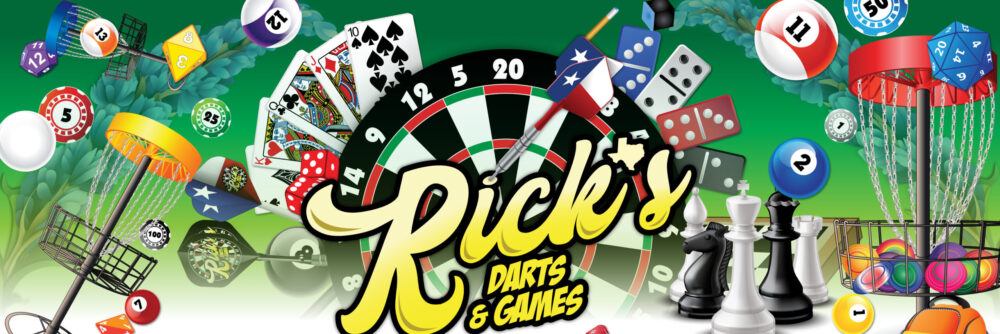 Chess is a board game involving tactics and strategy, for two players.
Chess is a board game involving tactics and strategy, for two players.
The game is played on a square board consisting of 64 squares, arranged in an 8×8 grid of alternating colors. Organized chess tournaments began in the 16th century, and the game is now played world-wide.
The current rules and pieces of chess emerged in Europe during the 15th century. Previous versions were based on an older game of Indian origin. Chess pieces and boards have been made of an enormous variety of materials, including plastic, rare woods, metal, stone, ivory, bone, and even extravagant jewel-encrusted versions.
The game uses 32 pieces, with each player beginning the game with 16 pieces. One player has white, the other black pieces. Chess pieces may actually be made in other colors, but the players’ sides are still referred to as White and Black.
 Each Chess player has 16 pieces:
Each Chess player has 16 pieces:
1 – King
1 – Queen
2 – Rooks
2 – Knights
2 – Bishops
8 – Pawns
If you purchase a high-quality set, you may sometimes find an extra Queen packed with the set. This extra Queen is provided for use in case a Pawn is “promoted” during the game. If a Pawn makes it all the way across the board to the opponent’s back row, that Pawn can be traded up for a Queen. (Actually, you can trade-up to any other piece, but there is rarely any reason to choose a piece other than the Queen.)
When setting up the chessboard for play, remember the saying “white on right and queen on color”. What this means is that the chessboard should be situated so that the white square is on the bottom right corner in front of a player. Stand the Queen on the row immediately in front of a player, on her color. ie: a black Queen stands on the dark square and the white Queen stands on the light square.
For the rest of the pieces, place the King next to his Queen so that the pair occupies the two center squares of the row. Next to the King & Queen, place the Bishops. In medieval times, the priestly class were usually the most literate members of a royal household, and served as advisors as well as having significant religious authority.
The Knights (horses), are next, representing the military. The corner swaures are occupied by the Rooks (castles), which represent the boundaries of the kingdom or domain. A row of 8 Pawns is placed in front of the major pieces, representing the common soldiers or infantry.
The player with white pieces moves first, then each player takes one move per turn.
Opposing pieces are removed from the board when captured. Captured pieces are not returned to play, except when a piece is re-used when promoting a pawn. This happens when a pawn reaches the opposing player’s back row. Then the player may choose any other piece to replace that pawn. This can be any piece, although generally the queen is chosen, as it is the most powerful piece.
It is a commonly accepted that if you touch a piece during your turn, you must move that piece. It is also considered poor manners to talk excessively during an opponents move, or for bystanders to offer advice or criticism to players.
The object of the game is to checkmate the opponent’s King, creating a situation where the king is under direct attack (“Check”) and the player with that King has no way to remove it from Check on the next move. (At the end of battles in medieval times, Kings were often captured and held for ransom, instead of being killed.. so a game of Chess ends when the King is effectively “captured” and has to surrender.)

